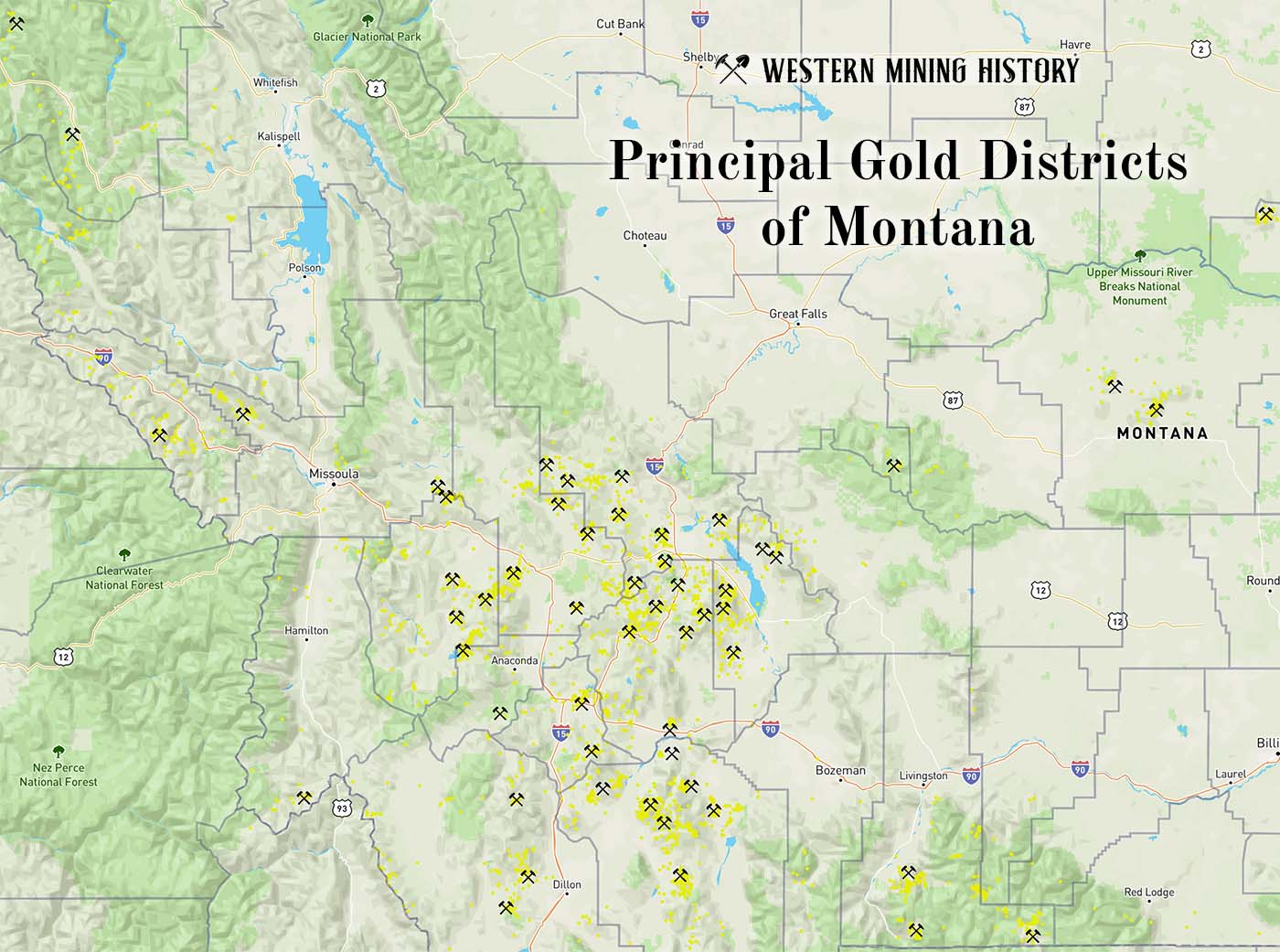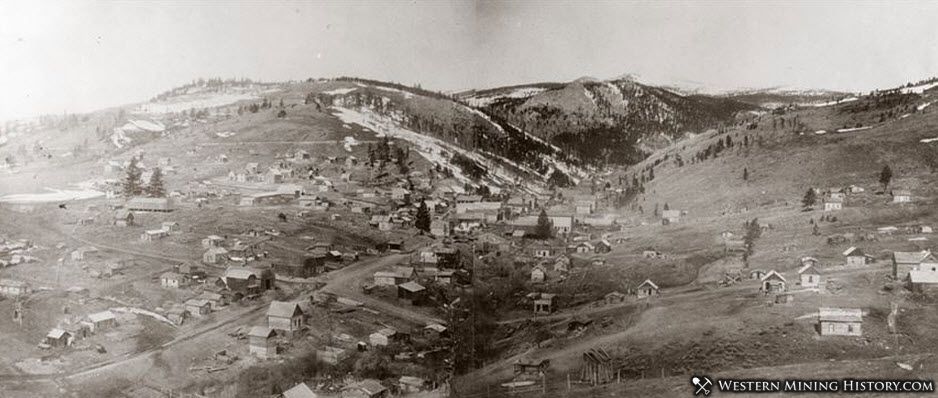Castle Town History
F.L. "Lafe" Hensley and his brothers located and developed the Yellowstone, Cumberland, and other mines starting in 1885 in the Castle Mountains of Montana. In 1887, the first cabin was built at the site that would become the site of the town of Castle (alternately called "Castle Town" and "Castle City").
At its peak, Castle Town had over 2,000 residents and numerous businesses including fourteen saloons and seven brothels. Castle's most famous resident was likely Calamity Jane, who briefly resided in Castle while attempting to open a restaurant. The restaurant never opened, and Jane moved on to greener pastures.
The Castle Mountain district had many mines producing significant amounts of valuable ore, but high transportation costs were impeding the potential of the area. Attempts at bringing a railroad line to Castle proved slow, and before the line was complete the silver crash of 1893 closed many mines in the district. The railroad was eventually finished, and some local mines reopened, but the Castle District never again experienced the prosperity it saw during its early boom period. The districts leading producer, the Cumberland mine, closed in 1950, and the town began it's final transition to permanent ghost town.
Principal Gold Districts of Montana

In Montana, 54 mining districts have each have produced more than 10,000 ounces of gold. The largest producers are Butte, Helena, Marysville, and Virginia City, each having produced more than one million ounces. Twenty seven other districts are each credited with between 100,000 and one million ounces of gold production. Read more: Principal Gold Districts of Montana.
